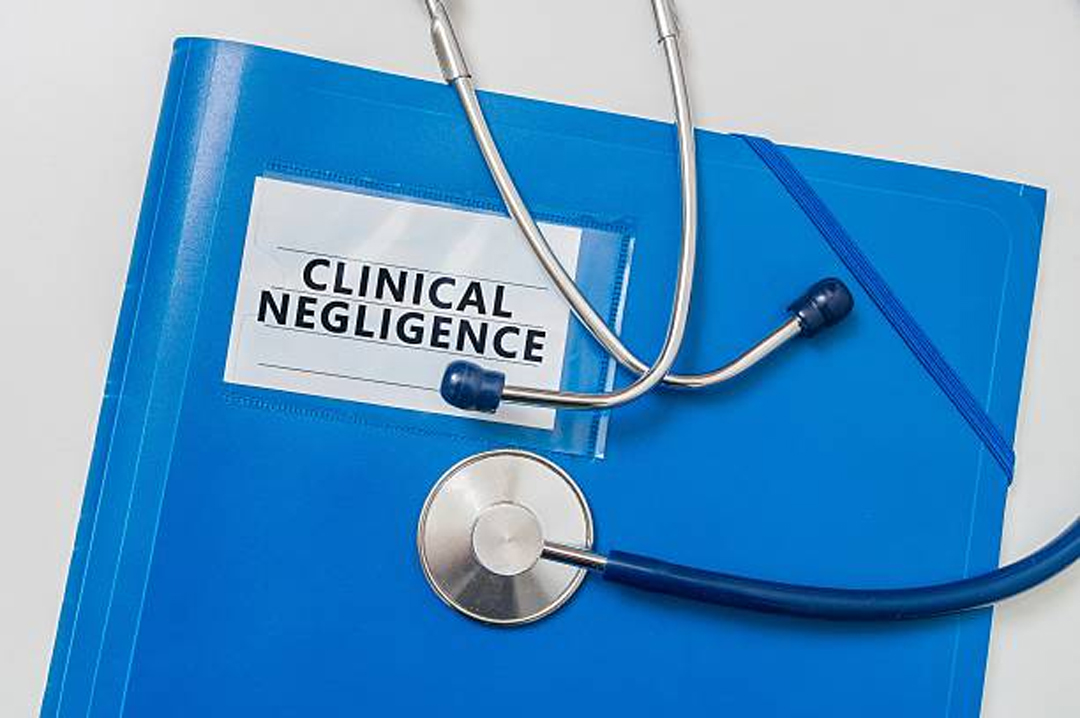
When you are injured in an accident, you may be able to bring a personal injury claim against the person who caused your injury. To do this, it is important that you can prove negligence on the part of the other party. In the United States, personal injury cases can vary based on state-specific laws. As such, understanding the state’s legal framework is crucial, as it follows the contributory negligence rule, potentially limiting compensation if the injured party is found even slightly responsible. For example, in California, even if you’re somewhat responsible for your own injury in an accident, you can still get money for your losses, but the amount you get will be lessened based on how much the accident was your fault. On the other hand, in personal injury cases in Virginia, they use the contributory negligence rule. This means if the person who got hurt is found to be even a tiny bit at fault for the accident, they might not be able to receive any money as compensation.
Therefore, having the proper documents and evidence can help make your case more potent and more likely to succeed. And if you want to prove negligence after a personal injury in Virginia, consulting an experienced personal injury lawyer in Virginia becomes vital to navigate the complexities of the legal system. They assimilate the necessary documents to prove negligence. They also possess the expertise to identify and gather relevant evidence such as medical records, accident reports, witness statements, and other supporting documentation. By meticulously organizing and analyzing these documents, lawyers build a strong case to establish negligence, ensuring their clients can obtain the compensation they deserve for their injuries and losses.
Now, let’s check what documents you should have handy to handle a personal injury case and prove negligence:
Gathering Evidence After an Accident
The first step in proving negligence after a personal injury is gathering evidence from the scene of the accident or incident that caused your injuries. This includes taking photos or videos of any property damage or physical injuries sustained; getting contact information from any witnesses who saw what happened; writing down notes about how events unfolded; obtaining police reports if applicable; and collecting medical records related to your injuries and treatment. All of these documents will serve as evidence when claiming compensation for damages resulting from another person’s negligence.
Medical Records
Medical records are essential when filing a personal injury claim because they prove how severe your injuries were and how much medical care was needed to treat them. Medical records should include documentation such as office visit notes, diagnostic test results, prescriptions, receipt copies for medications purchased, imaging studies like X-rays or MRIs, referral letters for specialists if needed, bills for treatments and services received during recovery time (such as physical therapy), doctor’s notes outlining work restrictions due to injuries sustained during the incident (if applicable), and final discharge summary with diagnoses listed upon completion of the treatment plan.
Proof Of Losses Incurred
In addition to medical records documenting physical injuries sustained in an accident due to another person’s negligence, it is also important that you have proof of any losses incurred due to those injuries – such as lost wages if unable to work while recovering from those injuries; out-of-pocket expenses related directly to medical care received (such as co-pays); travel costs associated with seeking medical attention; rental car fees if the vehicle was damaged in an accident requiring repair before use again; home modifications necessary due to disability resulting from the incident (such as wheelchair ramps); etc.
All these types of losses should be documented using receipts so they can be included when calculating total damages suffered by plaintiffs seeking compensation.
Expert Opinion Reports
When filing a personal injury lawsuit, expert opinion reports are crucial documents to gather. These reports provide additional evidence that explains what happened before and during the event that caused harm to the plaintiff. For example, engineering analyses can reveal design flaws that contributed to the cause-and-effect relationship between the defendant’s negligent act and the resulting harm experienced by the plaintiff. These reports help establish a clear connection between the defendant’s actions and the harm suffered by the plaintiff. Including expert opinion reports in the case strengthens the argument against the defendant and increases the chances of a successful outcome for the plaintiff in proving negligence.
Final Thoughts
Gathering the correct documents is crucial for proving negligence after a personal injury. Medical records, accident reports, photographs, witness statements, and expert opinions serve as vital evidence that paints a clear picture of the negligence involved. However, having a lawyer by your side during this process is equally important. They bring invaluable expertise to navigate legal complexities, ensuring the requirements for proving negligence are met. A lawyer can analyze and organize documents effectively, advocate for your rights, and help you communicate with insurance companies or other authorities. With their guidance, you can increase your chances of a successful outcome, focus on your recovery, and feel confident knowing your case is in capable hands.
Comments
comments